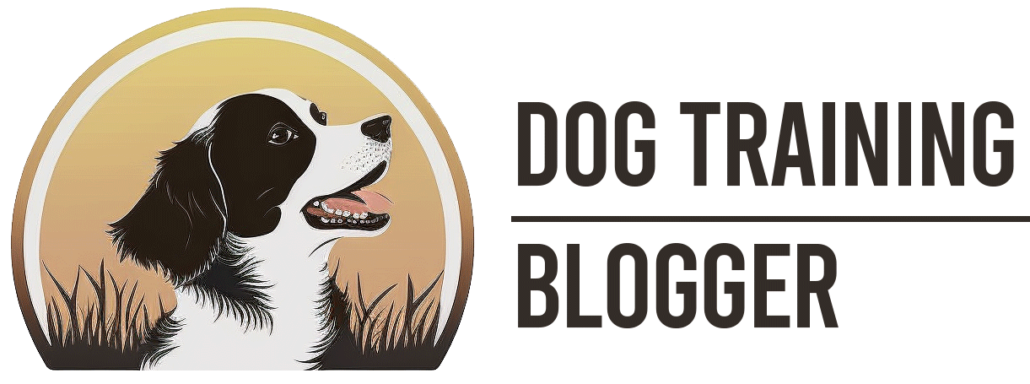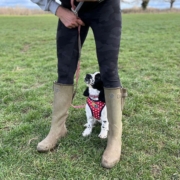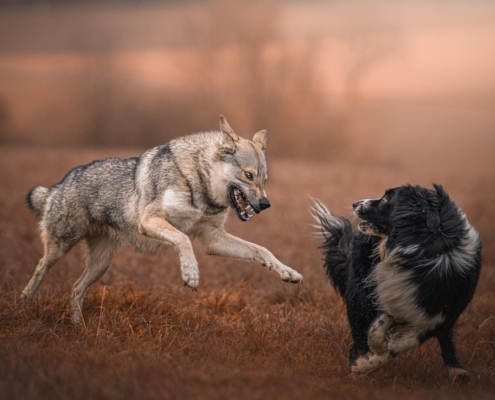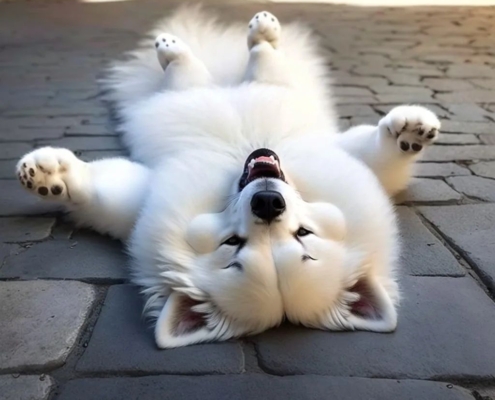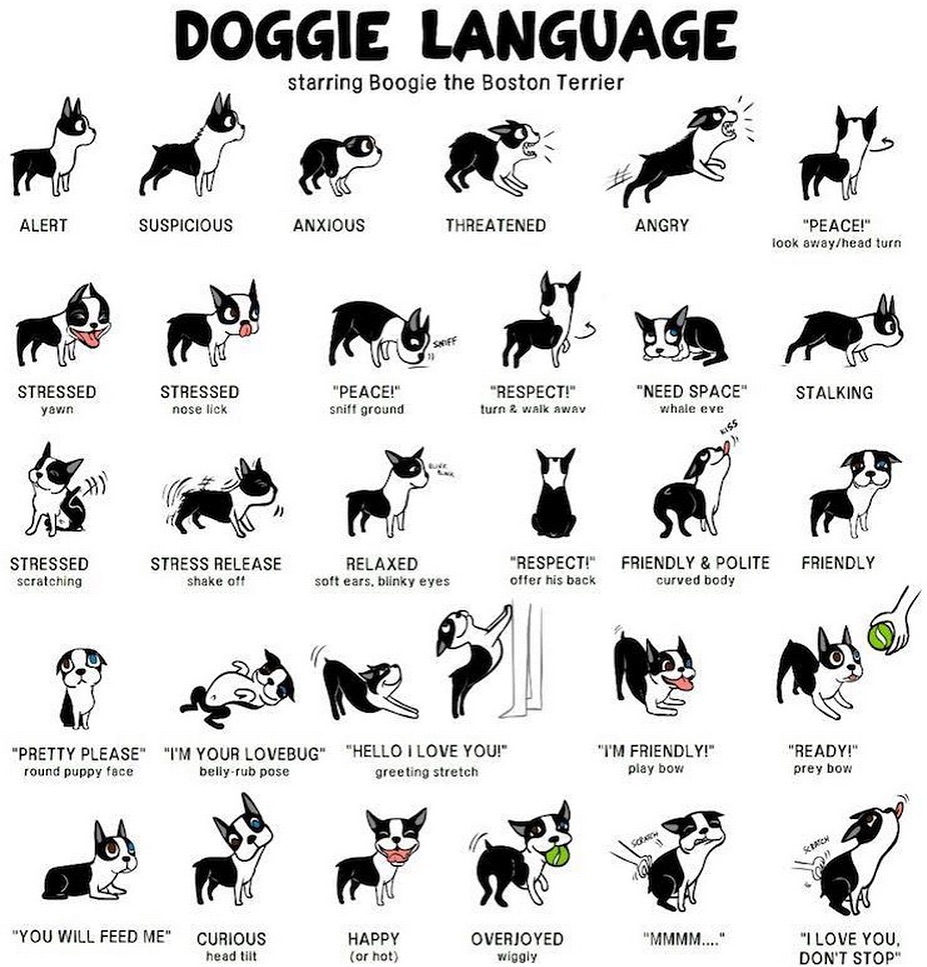The Value of Regular Dog Obedience Training Sessions and Reinforcing Good Behavior
As a dog owner, all we want is the best for your four-legged friend, and that includes ensuring they have proper obedience training.
Regular dog obedience training sessions and reinforcing good behavior are crucial to a well-behaved, happy, and confident dog.
In this post, we will explore the value of consistent training and how it can benefit both you and your pet. So, let’s dive in and see how regular training sessions can transform your dog’s behavior and strengthen your bond.
| KEY Takeaways |
|---|
| Regular dog obedience training sessions help reinforce good behavior and establish a strong foundation for your dog’s development. |
| Consistency in training and communication ensures your dog understands expectations, leading to faster progress. |
| Training sessions offer an opportunity to build trust, enhance communication, and deepen the bond between you and your pet. |
| Varying training environments and incorporating fun elements keep sessions engaging and enjoyable for both you and your dog. |
| Patience, empathy, and ending sessions on a positive note foster a supportive learning environment and strengthen your bond with your dog. |
Establishing a consistent training routine
Setting a training schedule is the first step to achieving success in dog obedience training. A consistent routine helps your dog understand what to expect and allows them to adapt more quickly to the training process.
Aim to train your dog at least a few times a week, if not daily, even if it’s just for a few minutes. As your dog progresses, you can adapt the routine to focus on more advanced skills or address specific behavior issues.
A consistent routine benefits both you and your dog. For you, it ensures that you are committed to your dog’s training, and for your dog, it helps them feel secure and confident, knowing what to expect each day.
Positive reinforcement and its role in dog training
Positive reinforcement is a powerful tool in dog training. It involves rewarding your dog for displaying the desired behavior, which encourages them to repeat it. Rewards can include treats, praise, or playtime.
Using positive reinforcement effectively is crucial to your dog’s success. Be sure to reward your dog immediately after they perform the desired behavior, so they understand the connection between their action and the reward. This approach not only teaches your dog what is expected of them but also builds trust and strengthens your bond.
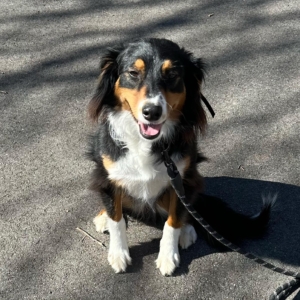
The importance of patience and persistence
Patience is key when training your dog. It’s important to understand that every dog learns at a different pace and may need more time to grasp certain commands or behaviors. Persistence is equally important, as consistent practice and repetition are necessary for your dog to fully understand and master a skill.
Celebrate small victories along the way, and remember that progress, no matter how slow, is still progress. Your patience and persistence will pay off in the end.
Reinforcing good behavior outside of training sessions
Practicing obedience skills in everyday situations is essential to solidify your dog’s training. Look for opportunities throughout the day to reinforce good behavior. For example, if your dog patiently waits at the door before going outside, reward them with praise or a treat. Encouraging your dog to make good choices independently will help build their confidence and reinforce their training.
Regular training sessions as a bonding opportunity
Training sessions offer a unique opportunity to bond with your dog. Through these sessions, you build trust and understanding, enhancing communication between you and your pet.
Your dog will learn to look to you for guidance, and you will learn to read your dog’s body language and signals. This strong bond provides emotional benefits for both you and your dog, creating a happier and more harmonious relationship.
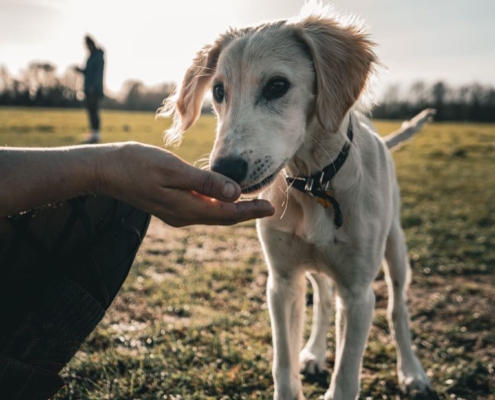
Five Tips to Maximize Bonding Opportunities During Training Sessions
Keep it fun and engaging
To ensure that your dog looks forward to training sessions, make them enjoyable and stimulating. Incorporate playtime, toys, or their favorite treats as rewards. This will keep your dog motivated and create a positive association with training, strengthening your bond.
Use clear, consistent communication
Develop consistent verbal cues and body language to communicate your expectations to your dog.
This will help your dog understand what you want from them and make it easier for them to respond correctly. Being consistent in your communication will build trust and deepen your bond.
Be patient and empathetic
Understand that your dog is learning, and mistakes will happen. Instead of getting frustrated, be patient and empathetic. Encourage and guide them gently, remembering that they are trying their best to understand and please you.
Your dog will sense your patience and feel more comfortable and secure during training, which will strengthen your connection.
Train in various environments
To enhance your bond, train your dog in different settings, both indoors and outdoors.
This will expose your dog to various distractions and help them learn to focus on you in different situations. It also provides an opportunity for you both to experience new environments together, creating shared memories and strengthening your bond.
End each session on a positive note
Always conclude your training sessions with a success, whether it’s a simple command or a more complex skill. This will leave your dog feeling accomplished and happy. Ending on a positive note also helps maintain your dog’s motivation for future training sessions and further enhances the bond between you and your pet.
Maintaining and improving your dog’s obedience skills over time
Ongoing training and reinforcement are essential to maintain and improve your dog’s obedience skills. As your dog matures or faces new challenges, you may need to adapt your training techniques. Recognizing and addressing setbacks in your dog’s behavior is crucial to ensure continued success in their training.
And Finally
In summary, regular dog obedience training sessions and reinforcing good behavior are invaluable to your dog’s well-being and your relationship with them.
By investing time and effort into your dog’s training, you will see significant improvements in their behavior and enjoy a stronger bond with your dog.
